You can explore French cities endlessly and still not get enough of their beauty, unique atmosphere and absolutely stunning architecture that delights even the most indifferent. Paris, it seems, will never get boring, Nice and Cannes will always attract lovers of chic, and Strasbourg and Reims will amaze with the number of historical sites included in the UNESCO list. 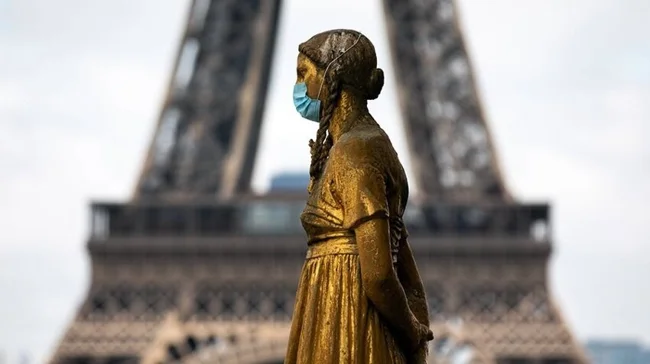
Paris
The incomparable and grandiose capital of France has always attracted tourists from all over the world. This is a real treasury of world culture: the Louvre, Notre Dame de Paris, the Pompidou Center, the Champs Elysees, the Eiffel Tower, Versailles - these attractions are familiar to every traveler. And even huge queues of people eager to experience Parisian chic do not stop the people who come to visit this city in the millions every year.
Population – 2,187,526 people (2017) 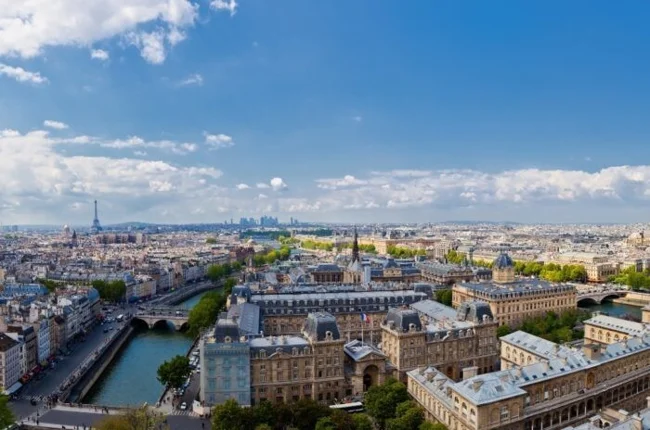
Nice
Holidays on the Cote d'Azur have long been associated with luxury, impeccable service and spending huge amounts of money, which not all travelers can afford. This is why the rich and famous prefer to come here. Nice is one of the most popular resorts in the region, its unofficial capital and the place where important social events take place. It is often called an aristocratic city, meaning, of course, the local public.
Population – 533,554 people (2019)
Lyon
A city of museums, gourmet restaurants, green parks and charming embankments. Many architectural objects located in the historical center are included in the UNESCO list, which itself speaks of their historical and cultural value. Lyon will also appeal to partygoers and tourists who cannot imagine a good vacation without quality shopping: the city has many entertainment venues and shops with quality products.
Population – 522,679 people (2017) 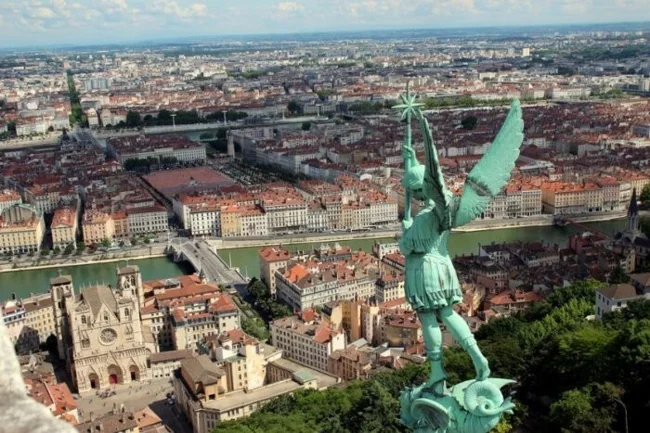
Chamonix-Mont-Blanc
Located in the picturesque Alps, Chamonix-Mont-Blanc is a first-class ski resort whose history dates back to the 19th century, when the first tourists came here. By the middle of the 20th century, local residents abandoned traditional agriculture and reoriented themselves to the tourism sector. Chamonix-Mont-Blanc has more than 100 trails of varying difficulty levels and excellent conditions for various types of winter sports.
Population – 8,611 people (2017) 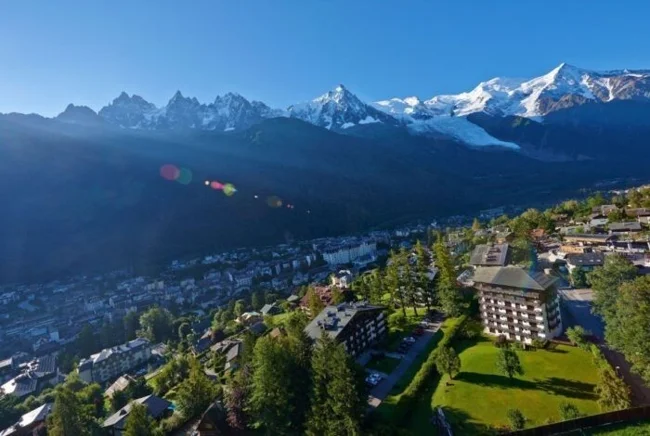
Monte Carlo
The famous resort center located in the Principality of Monaco. Known for its casino with luxurious interiors, a luxurious harbor where the most expensive ships in the world, owned by celebrities and powerful people, are moored, as well as an incredible number of cars of the rarest and most exclusive brands. In short, Monte Carlo is a territory of success, luxury and big money.
Population – 2,874 people (2008) 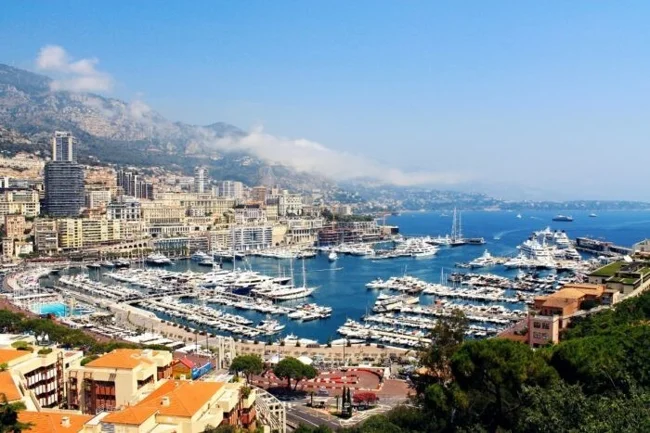
Strasbourg
The completely German name of the city confuses those tourists who are not particularly strong in geography. But Strasbourg belongs to France, while being one of the most picturesque places in the country. Two cultures, two ways of life and thinking are mixed here. Even UNESCO recognized it as a world heritage of humanity. Strasbourg is also an important administrative center: the European Parliament and the Council of Europe meet here.
Population – 280,966 people (2017) 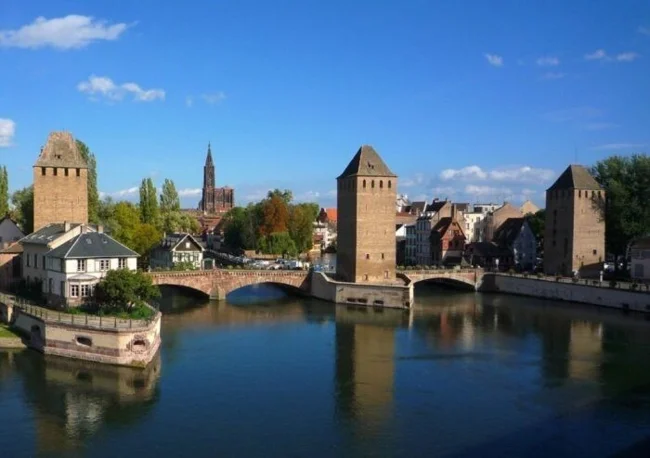
Bordeaux
The history of Bordeaux began in the 1st century BC, during the era of the Roman Empire it was the center of the province of Aquitaine Gaul, and in the Middle Ages for some time it belonged to England. Winemaking has been developing in Bordeaux for a long time - the city is famous for its excellent drinks, which have fans all over the world. About 3 million tourists visit it annually; cruise ships visiting the Garonne from the Atlantic Ocean stop here.
Population – 254,436 people (2017) 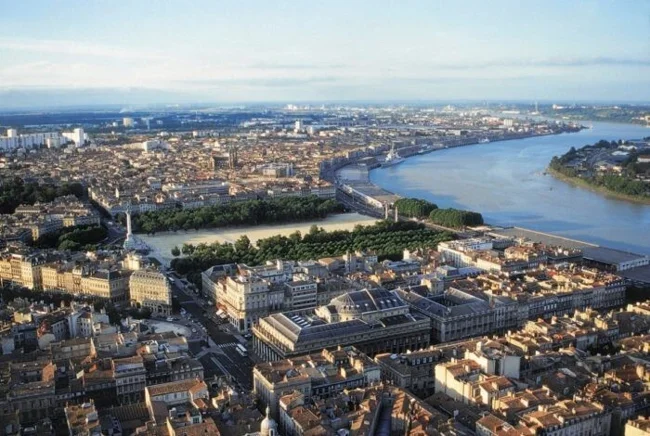
Marseilles
A classic Mediterranean port city – colorful and noisy. It is known to tourists largely thanks to the adventure novels of French classics. People come to Marseille to sunbathe on the beaches, get acquainted with its priceless architectural heritage, take a cruise along the coast and admire the picturesque calanques, as well as the Château d'If - the place of imprisonment of Edmond Dantes (Count of Monte Cristo).
Population – 869,815 people (2017) 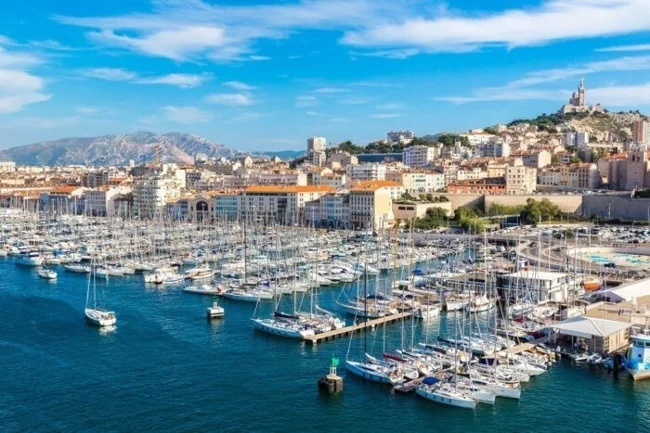
Aix-en-Provence
An ancient Provencal town with palaces of the 17th-18th centuries, built in the luxurious Italian Baroque style. It is famous throughout Europe for its flea markets, where you can buy unique antiques. Collectors from all over the world come here to pick up the next masterpiece for their private collections. Tourists will be primarily interested in the Old Town, the plane tree Mirabeau Boulevard and small squares decorated with copies of Rubens' paintings.
Population – 142,482 people (2017) 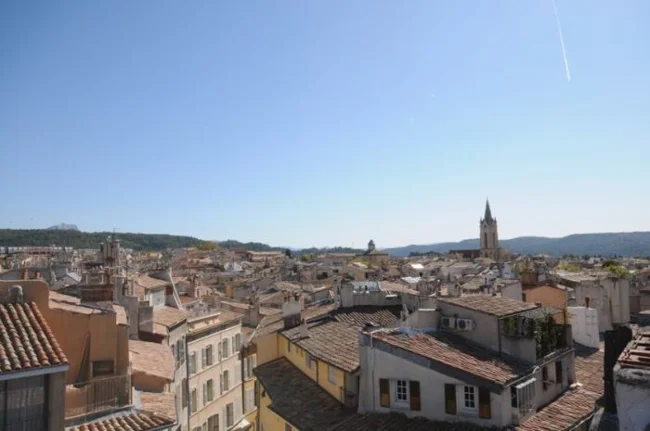
Cannes
In the 19th century, Cannes transformed from an unremarkable fishing village into a fashionable resort on the Cote d'Azur. The first tourists appreciated the excellent climate, comfortable beaches and picturesque panoramas of the bay. English aristocrats were frequent guests of Cannes at that time. After the end of World War II, the city gained well-deserved fame thanks to the Cannes Film Festival, which is held here every year.
Population – 73,868 people (2017) 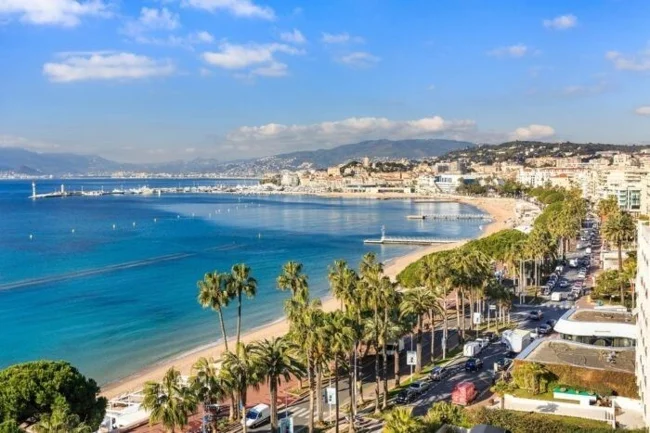
Toulouse
An original and vibrant city in the south of France, where the traditions of different nations are mixed. Toulouse has firmly established the nickname “Pink City” thanks to the red brick from which the houses of the historical center are built. Many buildings were deliberately erected in a pseudo-Romanesque style in order to maintain the continuity of eras. Toulouse is also an important scientific and industrial center of the country.
Population – 479,553 people (2017) 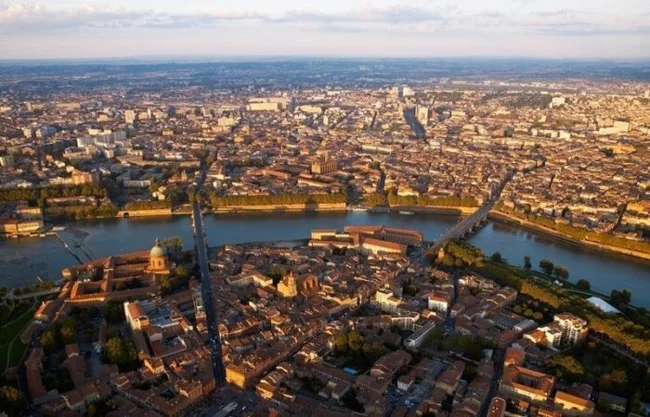
La Rochelle
The city was founded in the 10th century, and a century later it became an important port controlled by the Knights Templar. La Rochelle is mentioned in the novel The Three Musketeers. To explore all the sights, a tourist will need at least a week: both medieval architecture and modern (sometimes even incomprehensible) collections in museums are presented here. Perhaps the most famous place in the vicinity of La Rochelle is the legendary Fort Boyard, where the popular TV show was filmed.
Population – 75,735 people (2017) 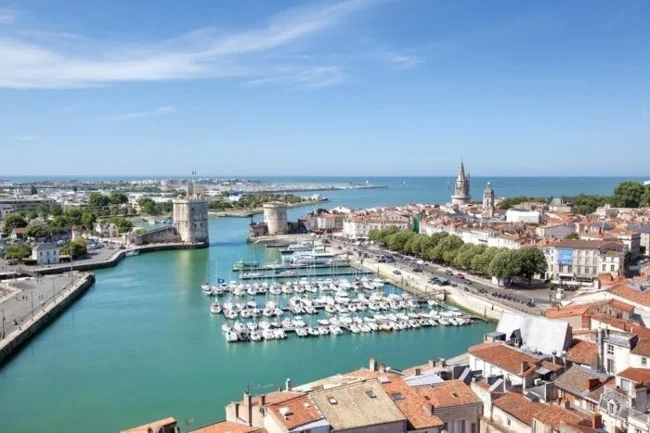
Montpellier
Located among the hills near the shores of the Mediterranean Sea. The city has a long and rich history, leaving its mark in architecture and local traditions. Since the 10th century, spice trade has been carried out here; in the 13th century, a city university was founded; under Louis XIV, the city became the capital of the Lower Languedoc. The main attractions of Montpellier are the 16th-century Botanical Garden, the Fabre Museum, famous for its Impressionist works, and the cathedral.
Population – 285,121 people (2017) 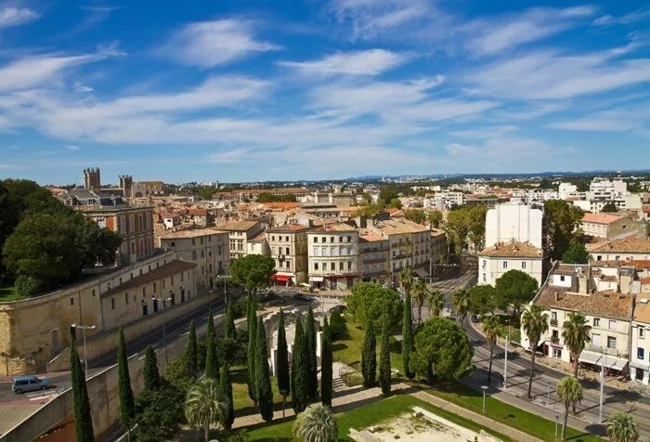
Lille
It is located right next to the border with Belgium, so the Flemish influence is strongly felt here. In past centuries it was famous for its textile production, but with the invention of synthetics the industry declined. Today, Lille is the student center and cultural capital of the region. Real masterpieces of urban architecture are the 15th-century Riur Palace and the old stock exchange building, erected at the beginning of the 20th century.
Population – 232,787 people (2017) 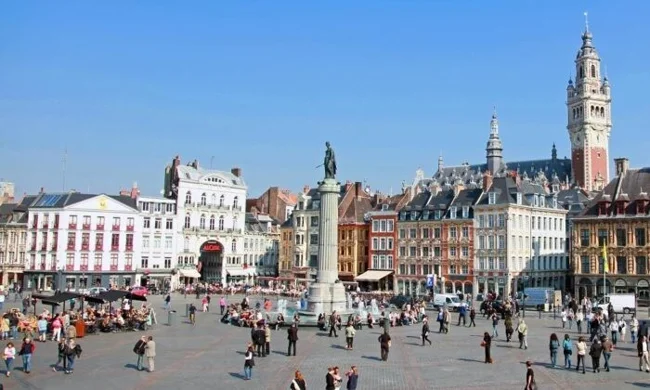
Avignon
A picturesque town in the Provence region. According to many tourists, it is the most beautiful in this part of France. Until the end of the 18th century, it was undividedly owned by the popes, until they ceded its territory to France. Since those times, the architectural complex of the 14th century Papal Palace has been preserved - one of the largest in Europe. Today it hosts a theater festival. It will also be interesting to look at the preserved fortress walls of Avignon.
Population – 91,921 people (2017) 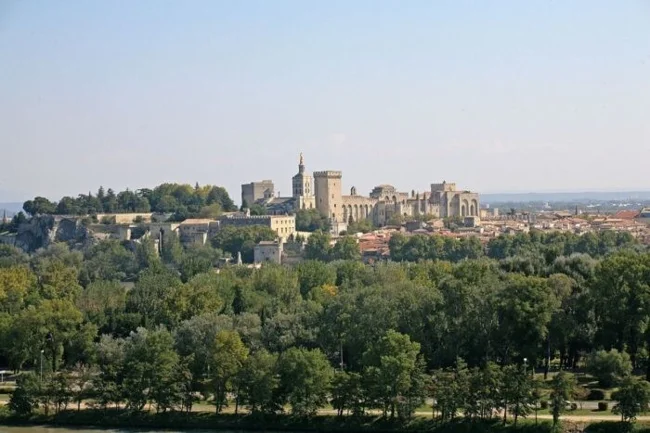
Nantes
A freedom-loving city in Brittany, which haunted the central authorities for many centuries: constant feuds with rulers, popular uprisings, riots, demands for special privileges - there are quite a lot of similar events in the history of Nantes. The brilliant writer Jules Verne was born here and the first omnibus was launched in the 19th century. Tourists are attracted to the city by the abundance of architectural attractions and delicious fish and seafood dishes - the strong point of Nantes cuisine.
Population – 309,346 people (2017) 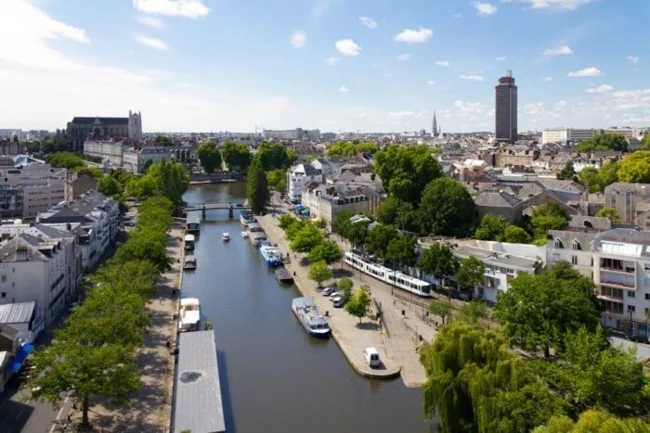
Saint Malo
Breton port on the English Channel, founded in the 6th century. Today, more than 80 architectural monuments of the city have the status of valuable historical objects. Most of them were built during the XII-XV centuries. In the Middle Ages, Saint-Malo had the glory of a city of corsairs. Nowadays, this topic is actively exploited in the tourism sector, bringing considerable income to the city from large flows of travelers.
Population – 46,097 people (2017) 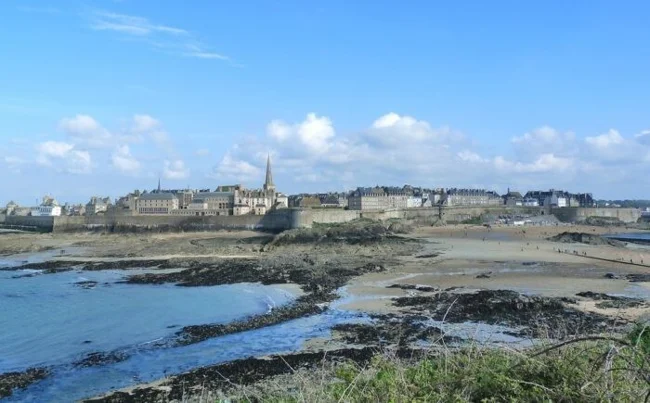
Honfleur
One of the most beautiful ports in Normandy. Honfleur was often depicted in their paintings by French impressionist artists. The city flourished in the 17th-18th centuries, when ships departed from local harbors to distant colonies of the American continent. Today, the Old Port is more of a tourist interest; its cargo turnover is quite modest. Honfleur has many art workshops and antique shops with an interesting selection.
Population – 7,425 people (2017) 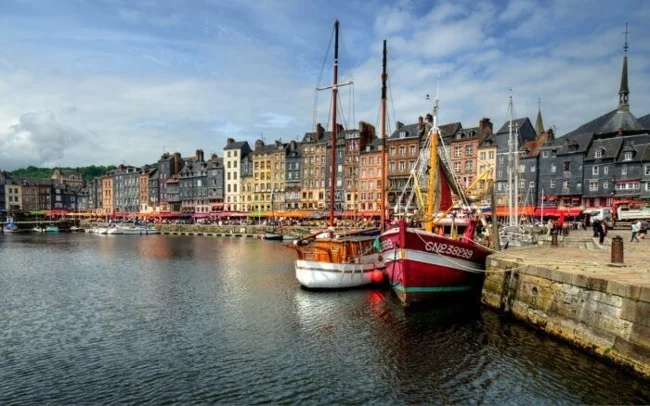
Ajaccio
Located on the western coast of Corsica, it is the island's largest port. It is primarily famous for the birthplace of Napoleon Bonaparte. It seems that everything in a modern city is connected with his name: the names of streets, restaurants, cafes, hotels, monuments, souvenirs and even types of wine and liquor. Ajaccio is a seaside resort; winemaking and olive oil production are also developed here.
Population – 70,659 people (2017) 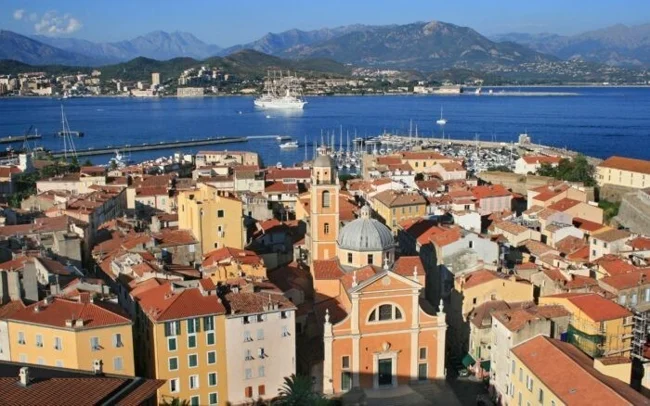
Rouen
The city is a decoration of the north of France; it is located on the banks of the Seine. Here you can endlessly admire masterpieces of different architectural styles - from Gothic to half-timbered. Walking through the streets among medieval houses hung with flower pots will make your legs hurt, and you can also eat your fill of the most delicious apples in the country. In Rouen, the national heroine Joan of Arc was executed, and a church was built on the site of her burning in 1979.
Population – 110,145 people (2017) 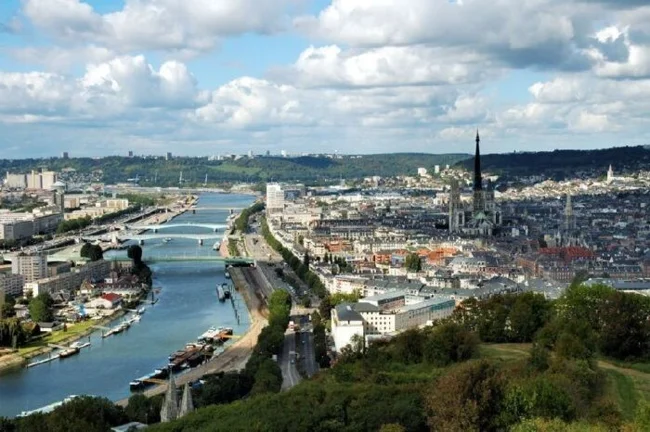
Sarlat-la-Canéda
A small town in the southwestern part of the country, which has gained fame among travelers thanks to its architecture of the Middle Ages and the Renaissance. Sarlat-la-Caneda was originally a Benedictine abbey that has existed in the area since the reign of the Carolingian dynasty. About 25 thousand people live in the city; the annual flow of travelers has long exceeded 1.5 million.
Population – 8,869 people (2017) 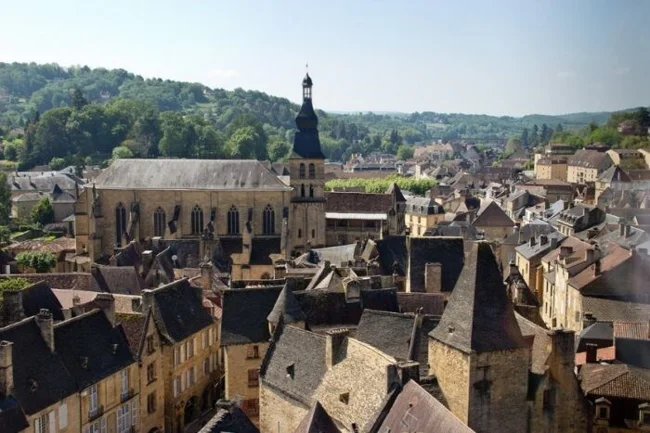
Annecy
It is located very close to the Swiss border - the two states are separated by some 50 meters. It is notable for being pierced by a network of canals, which is why it is called the Venice of Savoy. Despite its small size, tourist guides highly rate Annecy and definitely recommend visiting here. The city stands on the shores of the lake of the same name, equipped with first-class beaches.
Population – 126,924 people (2017) 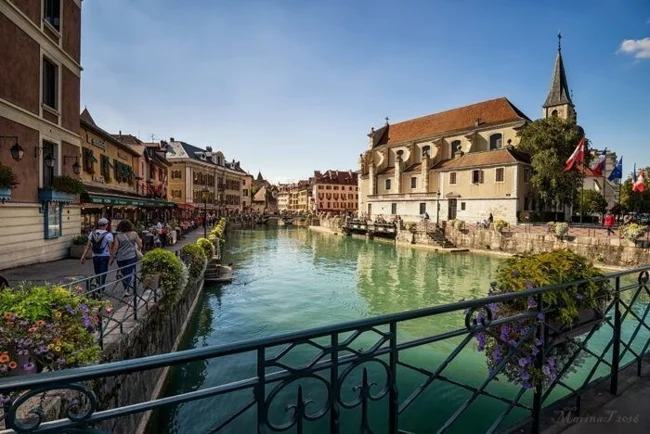
Colmar
A place with standard postcard landscapes, as if frozen in anticipation for the next artist to capture them on his canvas. It consists of ancient streets with half-timbered stone houses, pavements spanning canals and piers surrounded by flowers. The famous Route du Vin, the “Wine Road,” begins in Colmar, passing through the main wine-growing areas of the region.
Population – 69,105 people (2017) 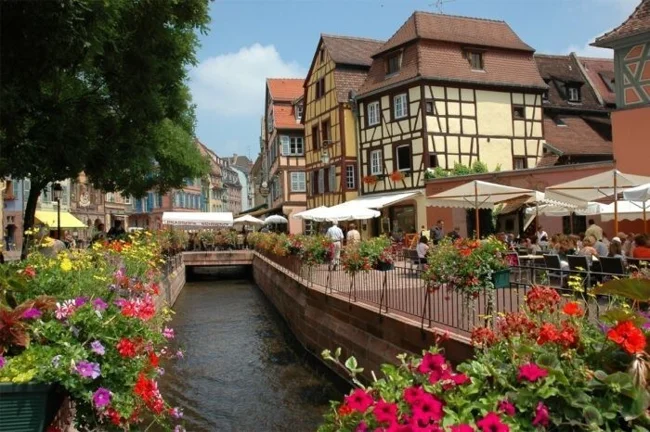
Carcassonne
A fortified city in the heart of the Languedoc-Roussillon region. Once upon a time there was a Roman settlement in its place, later a Celtic village and a Visigoth patrimony. The powerful Carcassonne citadel was erected during the Early Middle Ages. It is surrounded by two rings of walls about 3 km long, with more than 50 watchtowers installed along the perimeter. The very first fortifications on this site existed in the 9th century BC.
Population – 46,031 people (2017) 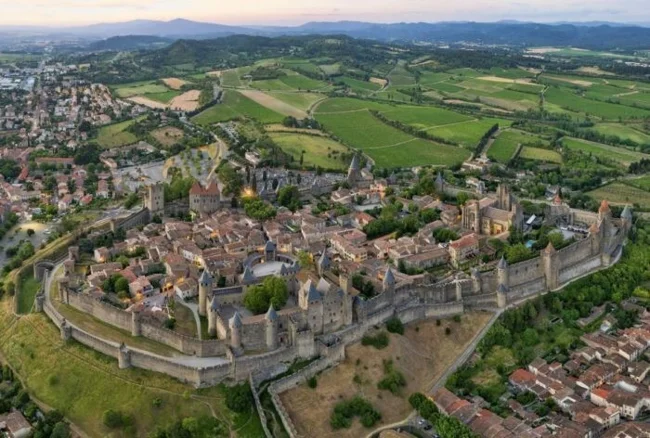
Biarritz
A resort town on the Atlantic coast, located half an hour from the border with Spain. It is famous for its wide and long beaches of yellow sand, as well as excellent conditions for windsurfing. Biarritz also attracts tourists thanks to a large thalassotherapy center - an entire scientific institute engaged in research in the field of modern cosmetology.
Population – 25,404 people (2017) 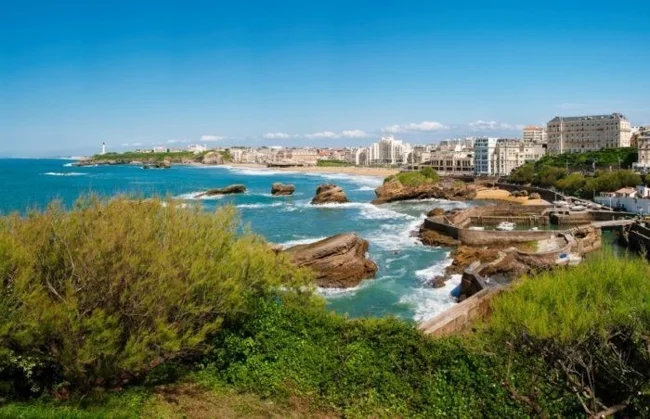
Arles
A small city that is located some distance from the coast of the Cote d'Azur, but it is no less popular among tourists due to its preserved Roman heritage (amphitheater and ancient theater) and numerous architectural monuments of the 18th century. This is a quiet and cozy corner of Provence, completely absorbing the spirit of traditional France, with narrow stone streets, bakeries and small cafes.
Population – 52,548 people (2017) 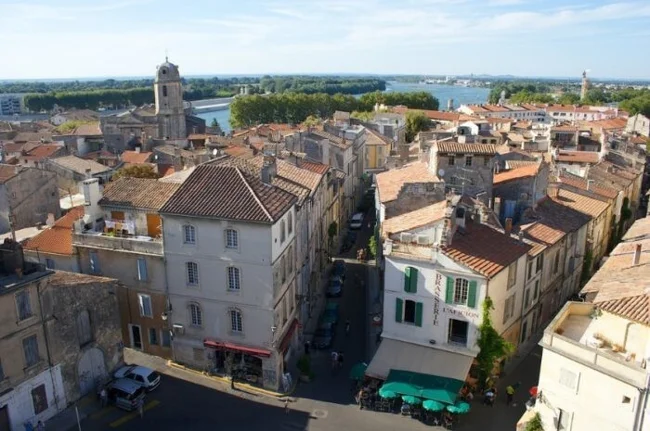
Lourdes
The city is an important pilgrimage center. The Catholic Church claims that in 1858, the Virgin Mary appeared to one of the local residents in the cave. Moreover, the girl stated that the saint visited her more than once. After a thorough investigation, the church hierarchy decided that she was telling the truth. After this, pilgrims began to come to Lourdes en masse, today their number has reached 5 million per year.
Population – 13,389 people (2017) 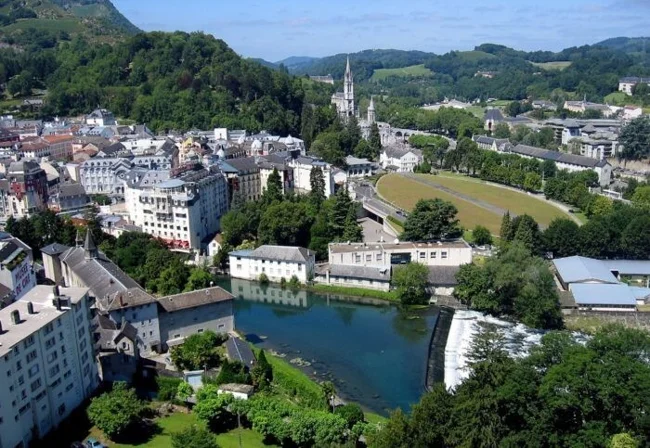
Reims
The city of kings, it was here that the coronations of many French monarchs took place, starting from the 9th century. This tradition ended only in 1825. The ceremonies were held in the grandiose Reims Cathedral, which can be considered a true masterpiece of the Gothic style. Reims is the largest city in the Champagne-Ardenne region, famous for the production of sparkling wines.
Population – 182,460 people (2017) 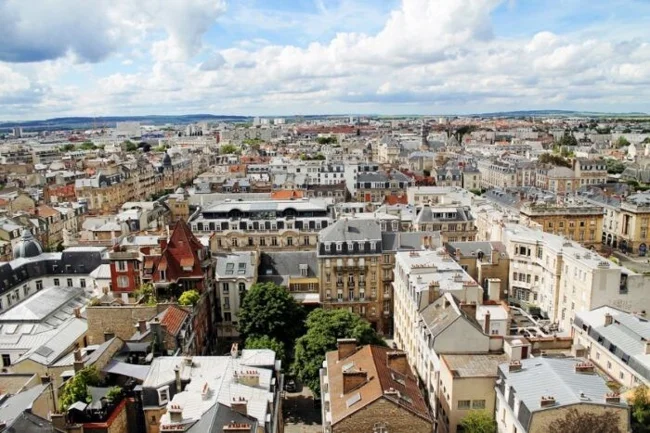
Saint Tropez
A fashionable resort, favored by movie stars and other celebrities. The town itself is quite modest in size and easy to get around on foot. In the surrounding area there are luxurious villas of actors, couturiers, financiers, and famous socialites. Luxury yachts are moored at the pier, and numerous restaurants with summer terraces stretch along the embankment.
Population – 4,352 people (2017) 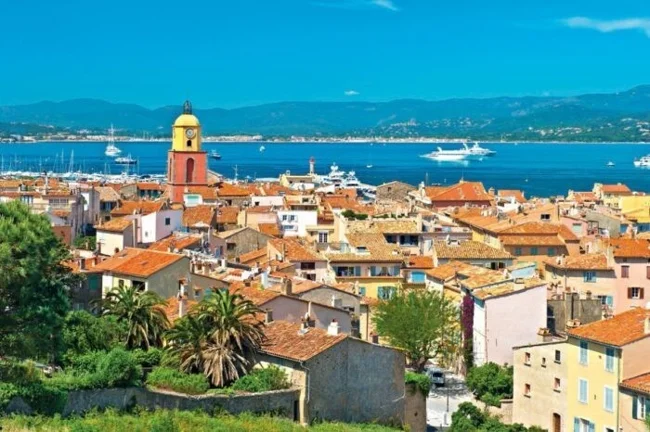
Mont Saint Michel
A town in Normandy, located on a rock island of the same name, standing in the middle of the sea and connected to land by narrow isthmuses along which roads are laid. The abbey and settlement have existed since the 8th century, today several dozen people live there, mainly employed in the tourism industry and Benedictine monks involved in the production of honey and tea.
Population – 30 people (2017) 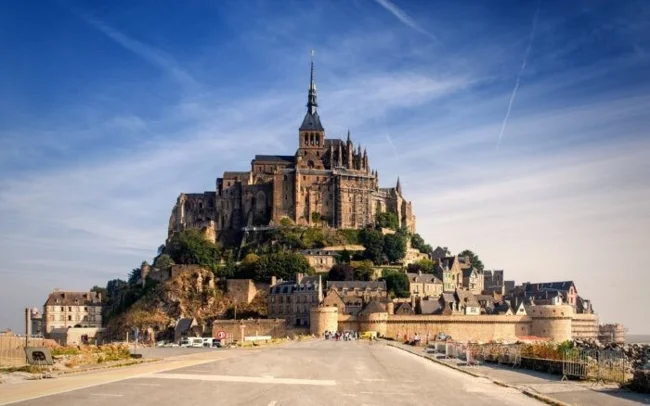
0 comments
